
Video
Grades: 3 4 5 6 7 8 9 10 11 12

Rudy Mancke, who passed away on Nov. 7 at the age of 78, became a beloved figure in South Carolina and beyond through his groundbreaking work as the host of the nationally distributed television show NatureScene and SC Public Radio’s NatureNotes. NatureScene, co-created with Beryl Dakers premiered in 1978 and continued for an impressive 25 years, gaining national recognition for its simple and innovative approach to exploring the natural world.

Video
Grades: 3 4 5 6 7 8 9 10 11 12
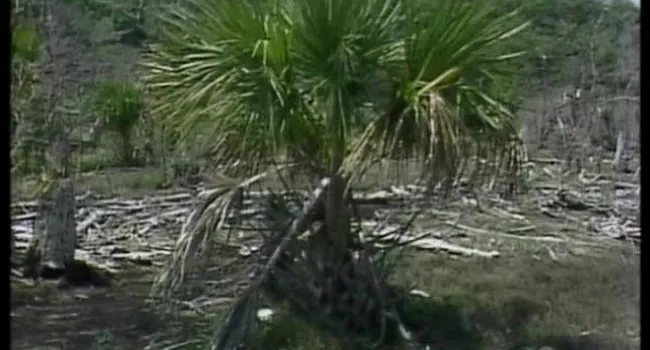
Video
Grades: 3 4 5 6 7 8 9 10 11 12
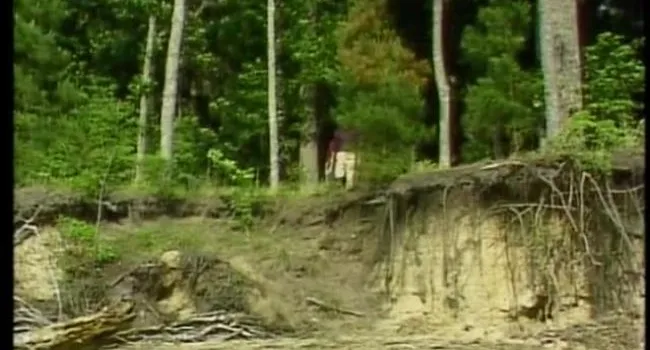
Video
Grades: 3 4 5 6 7 8 9 10 11 12
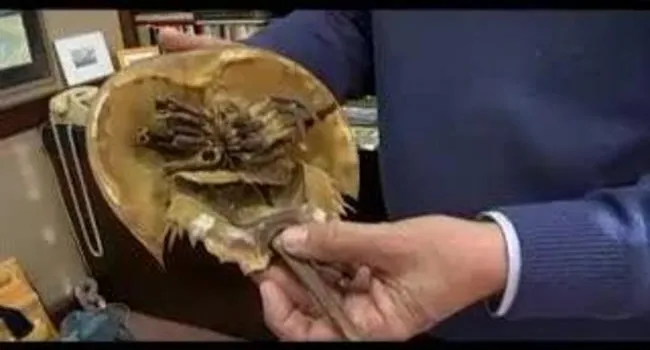
Video
Grades: 3 4 5 6 7 8 9 10 11 12
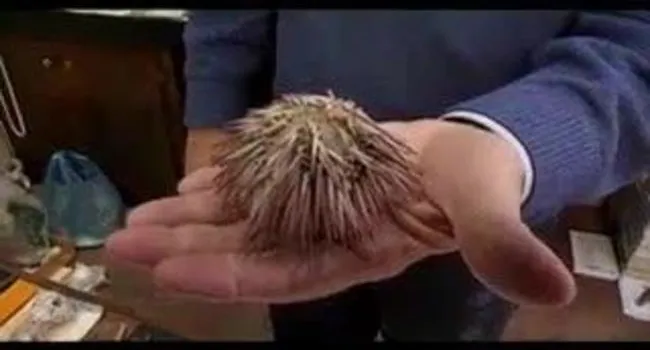
Video
Grades: 3 4 5 6 7 8 9 10 11 12

Video
Grades: 3 4 5 6 7 8 9 10 11 12
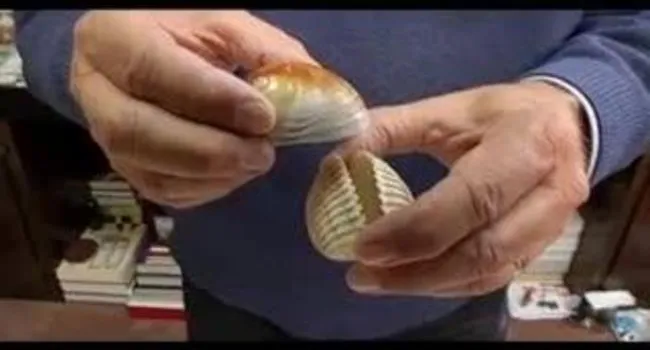
Video
Grades: 3 4 5 6 7 8 9 10 11 12

Video
Grades: 3 4 5 6 7 8 9 10 11 12
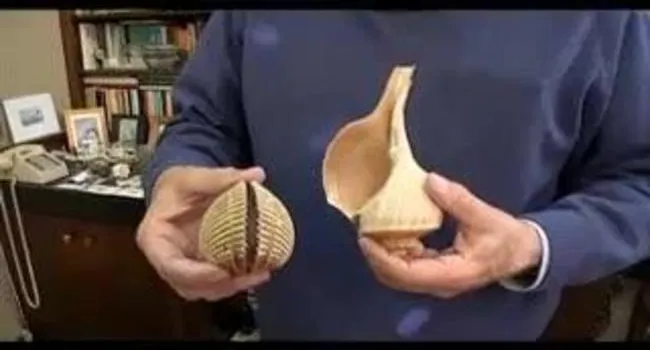
Video
Grades: 3 4 5 6 7 8 9 10 11 12

Video
Grades: 3 4 5 6 7 8 9 10 11 12

Video
Grades: 3 4 5 6 7 8 9 10 11 12
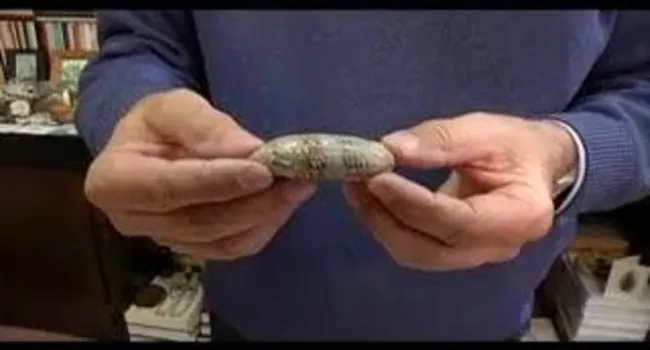
Video
Grades: 3 4 5 6 7 8 9 10 11 12

Document
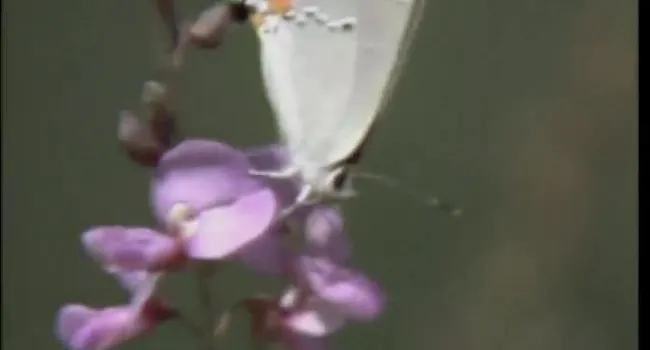
Video
Grades: 3 4 5 6 7 8 9 10 11 12
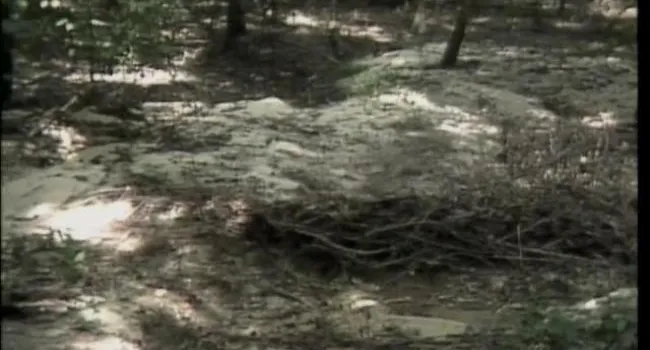
Video
Grades: 3 4 5 6 7 8 9 10 11 12
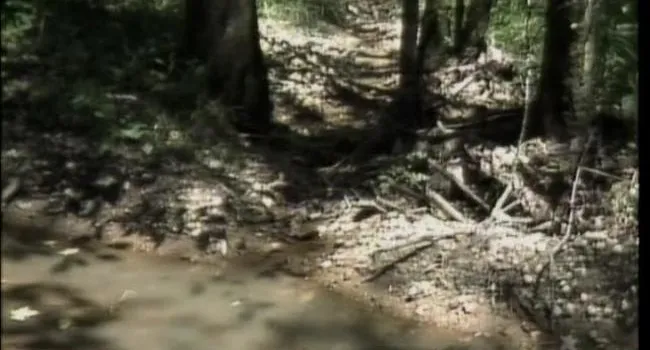
Video
Grades: 3 4 5 6 7 8 9 10 11 12
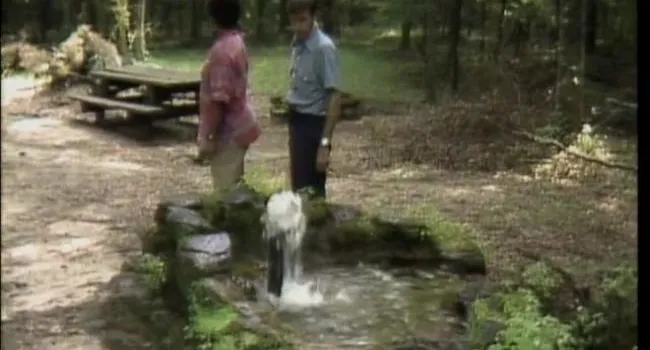
Video
Grades: 3 4 5 6 7 8 9 10 11 12

Video
Grades: 3 4 5 6 7 8 9 10 11 12
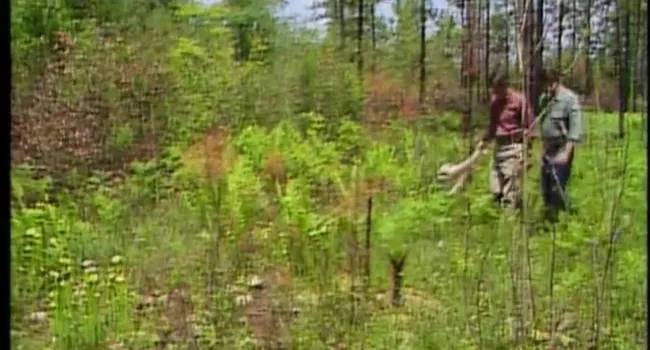
Video
Grades: 3 4 5 6 7 8 9 10 11 12
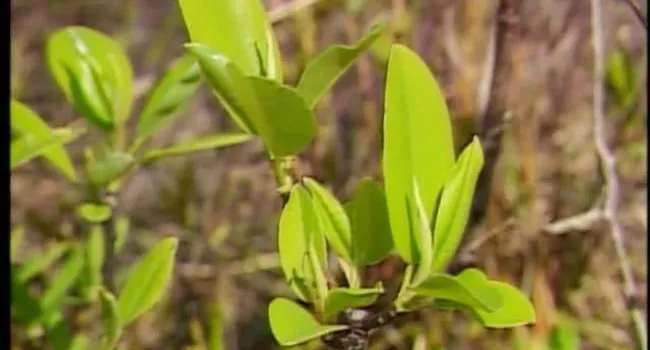
Video
Grades: 3 4 5 6 7 8 9 10 11 12
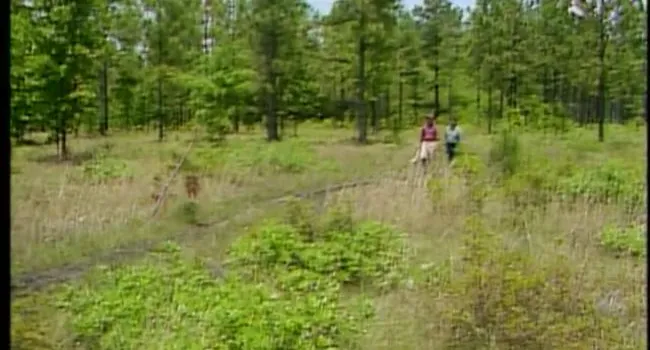
Video
Grades: 3 4 5 6 7 8 9 10 11 12
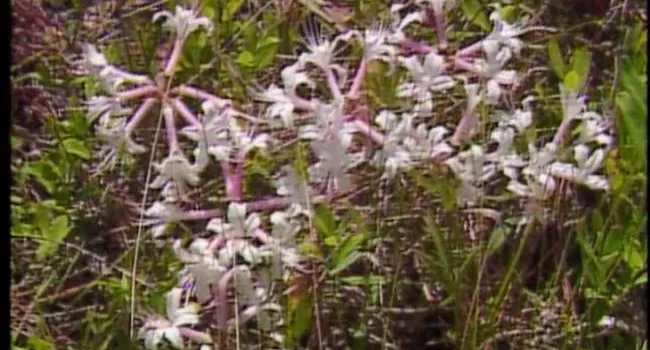
Video
Grades: 3 4 5 6 7 8 9 10 11 12
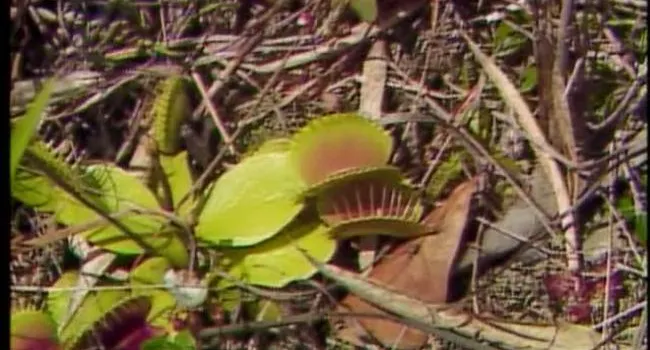
Video
Grades: 3 4 5 6 7 8 9 10 11 12